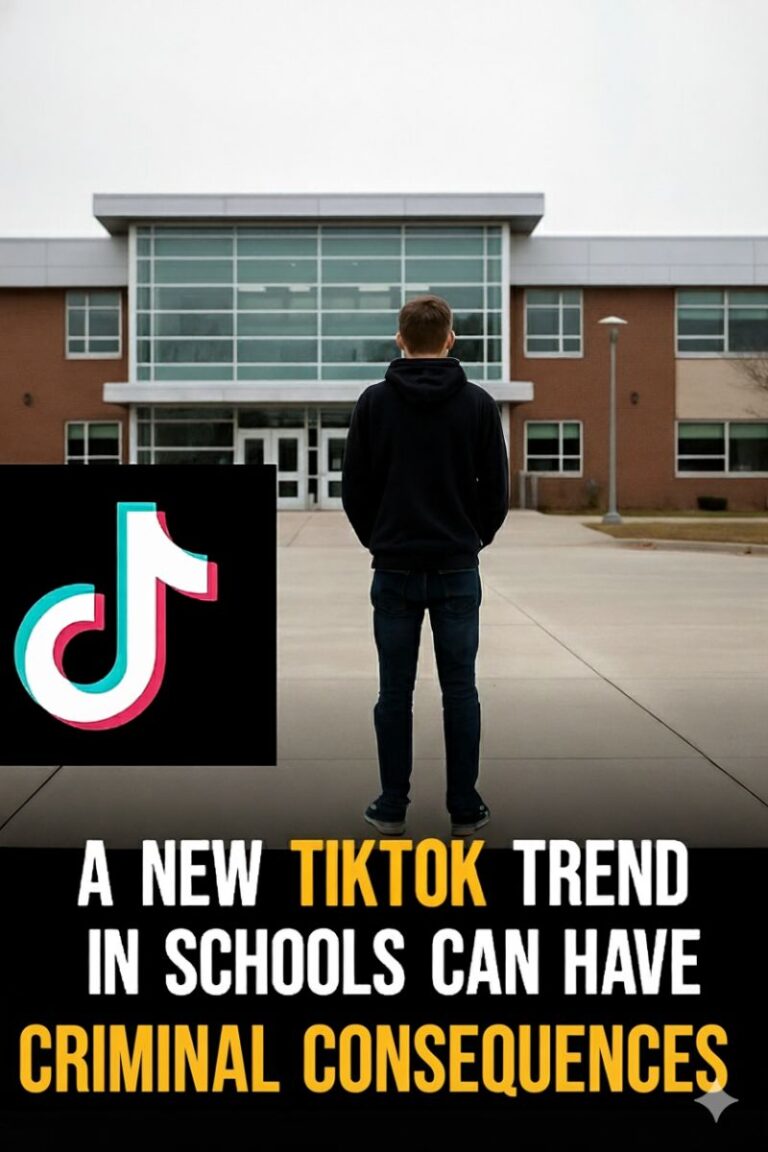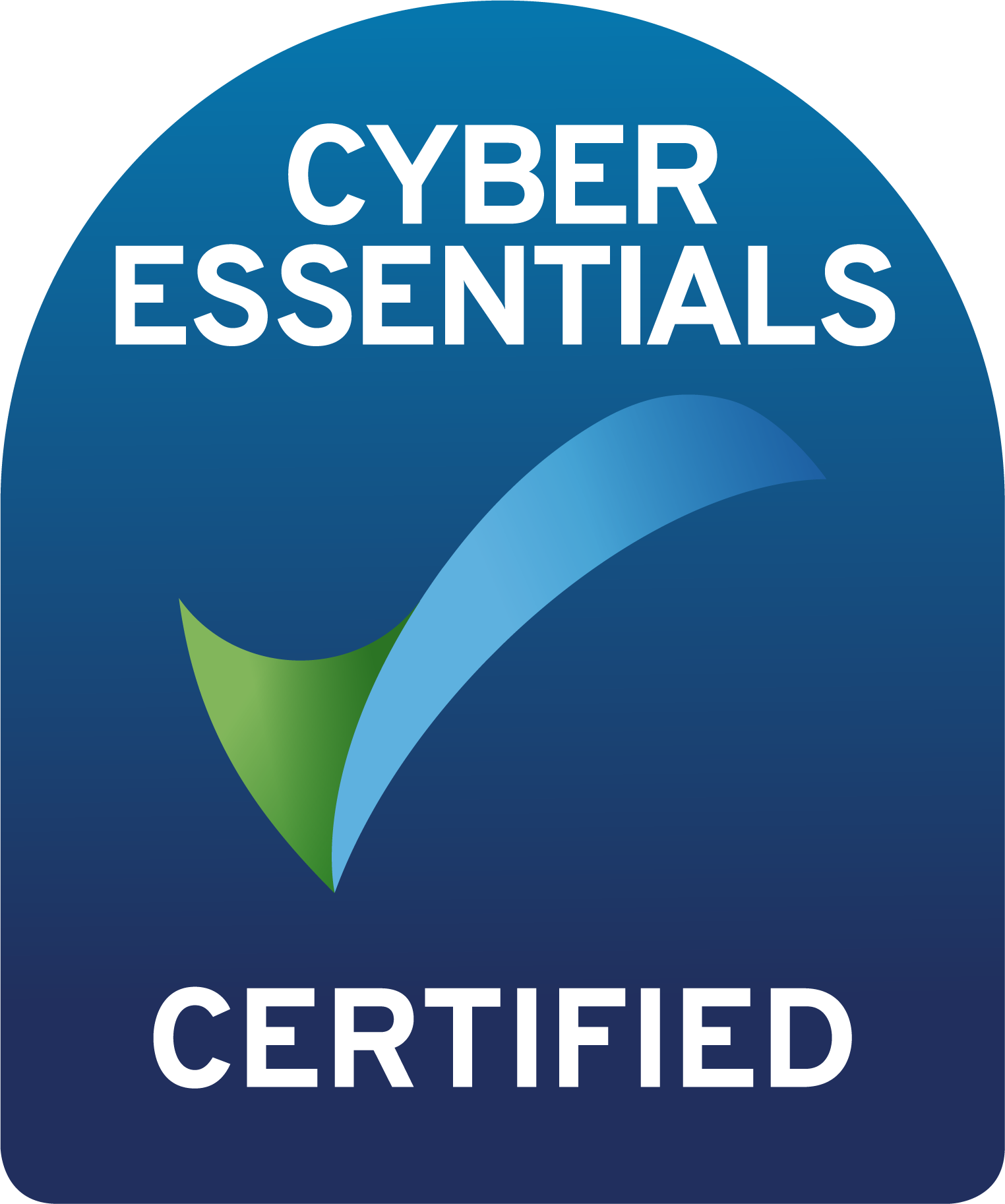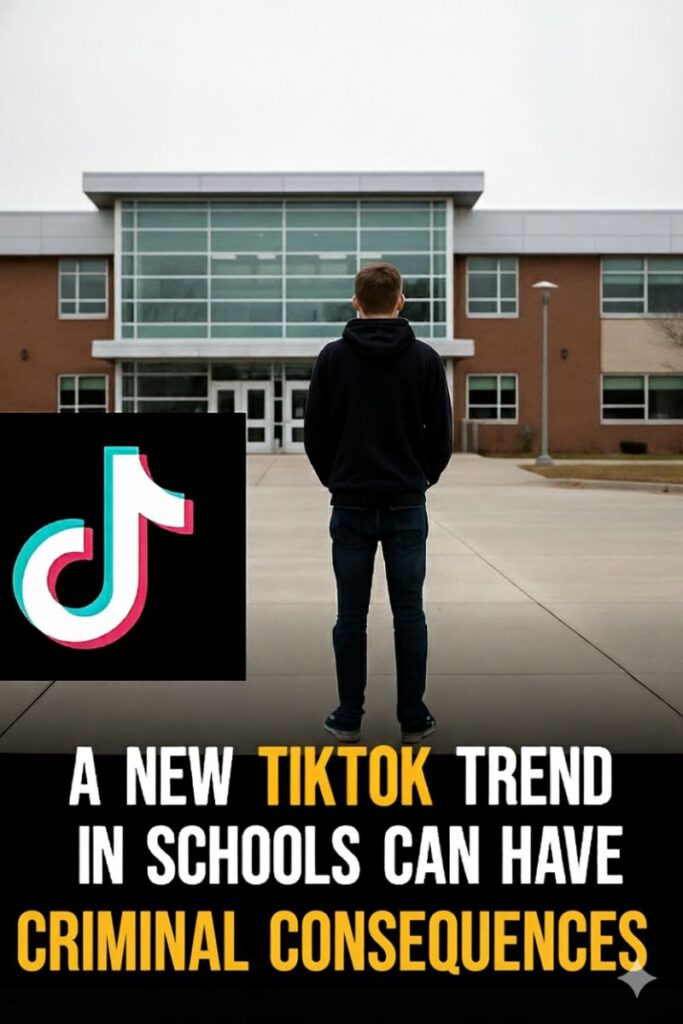Dangerous trends & risky behavior
This page helps parents understand the online trends, challenges, and subcultures that may influence risky behavior in children and teens—and how to respond with awareness and guidance.
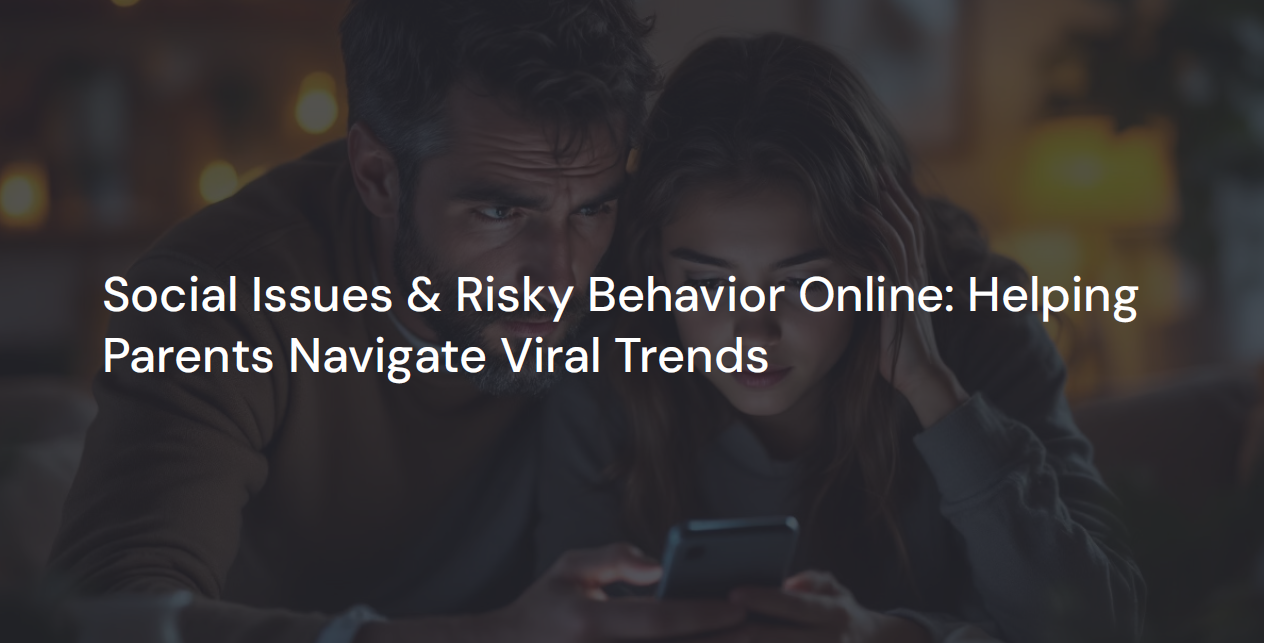
Understanding Online Risks: Watch These Quick Guides
Children and teens are increasingly influenced by viral trends, online challenges, and digital subcultures that can lead to risky or even dangerous behavior—both online and offline. From social media dares and unsafe stunts to exposure to harmful ideologies or pressure from influencers, today’s digital world presents new challenges for families.
Quick Guide for Parents
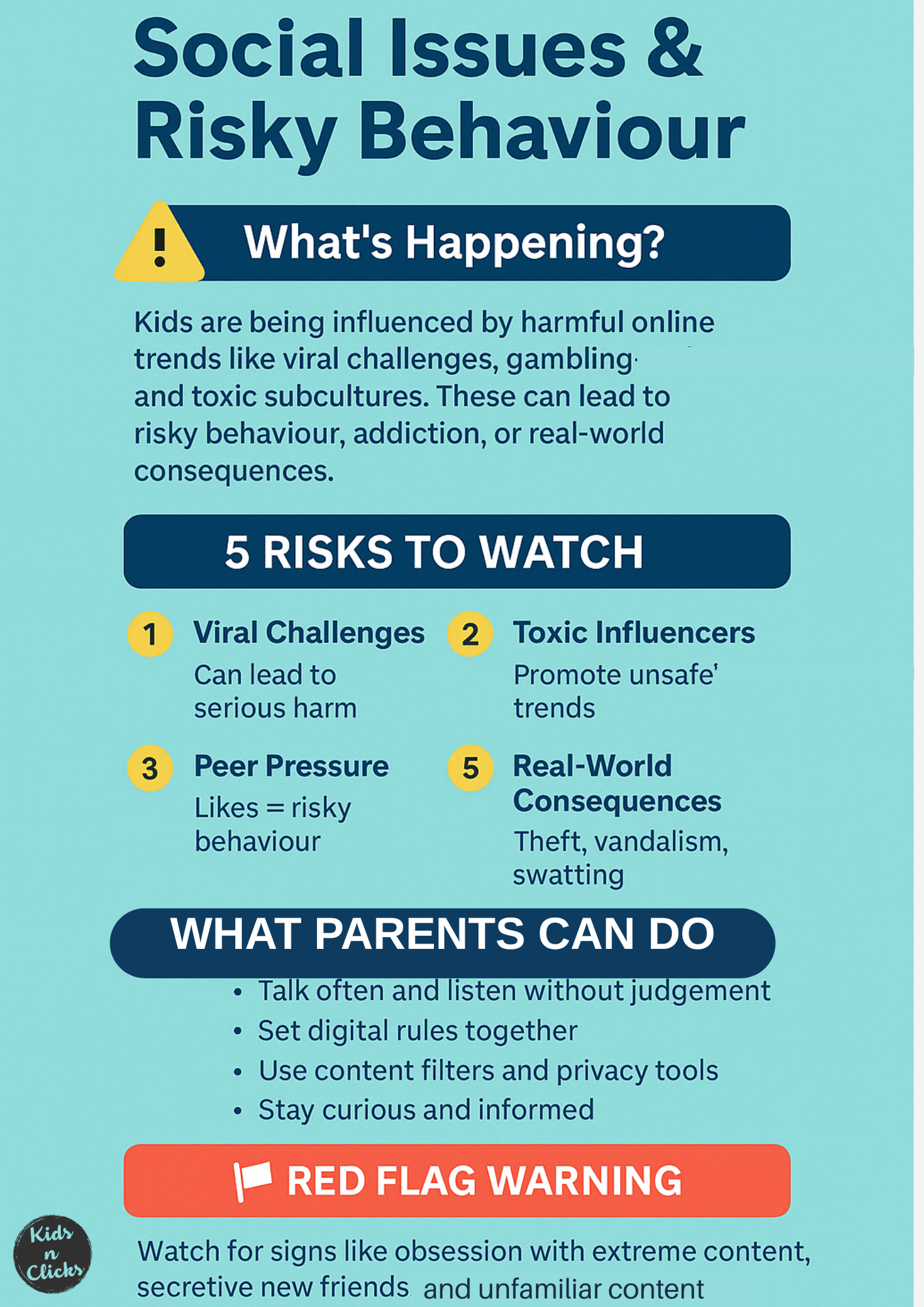
More in the hub
Why Do Teens Join Dangerous Challenges?
Many teens take part in viral challenges for fun, social status, or curiosity—often without understanding the risks. Open conversations and media literacy help them pause and think before joining in.
How Can I Talk to My Child About Online Trends?
Start with curiosity, not control. Ask what they’ve seen online and what they think. Keep chats regular, calm, and free of judgment to encourage honesty and trust.
What Is Incel Culture?
“Incel” groups promote toxic, often misogynistic views and attract vulnerable teens online. Talk about respect, belonging, and how to question unhealthy online spaces.
Are Influencers Affecting My Child?
Yes—many shape how kids think, dress, and act. Some promote dangerous behaviors or unrealistic standards. Teach your child to spot sponsored content and think critically about online personas.
What Trends Should I Be Worried About?
Risky challenges like the Blackout Challenge, NyQuil Chicken, vandalism dares, or medication misuse can lead to real harm. Stay updated and talk about them early.
Where to Get Help
- Report harmful content: reportharmfulcontent.com
- Report grooming or abuse: ceop.police.uk
- Need advice? Call NSPCC (0808 800 5000) or Childline (0800 1111)
Supporting articles
Explore a range of social media challenges and other online risky behavior



